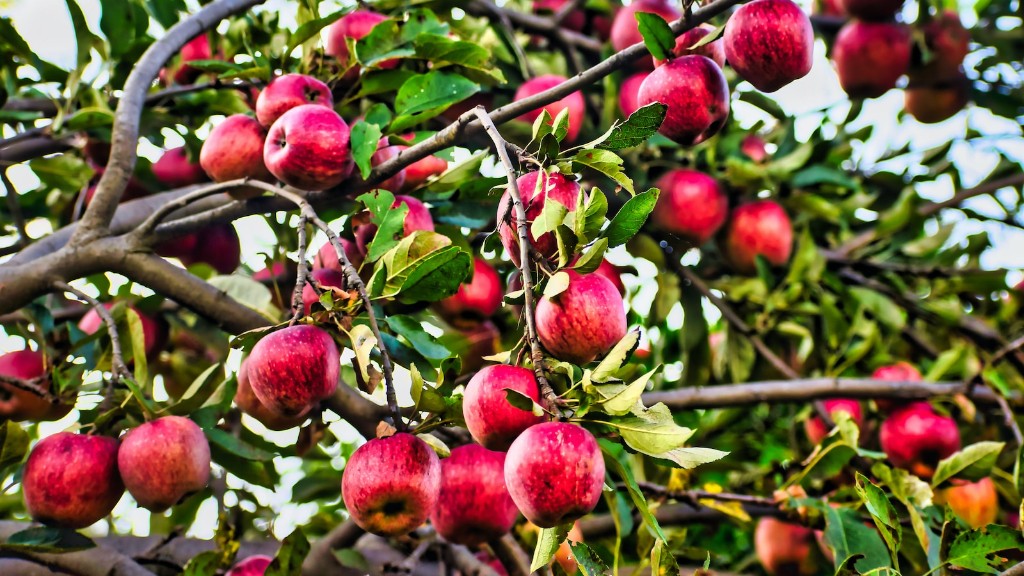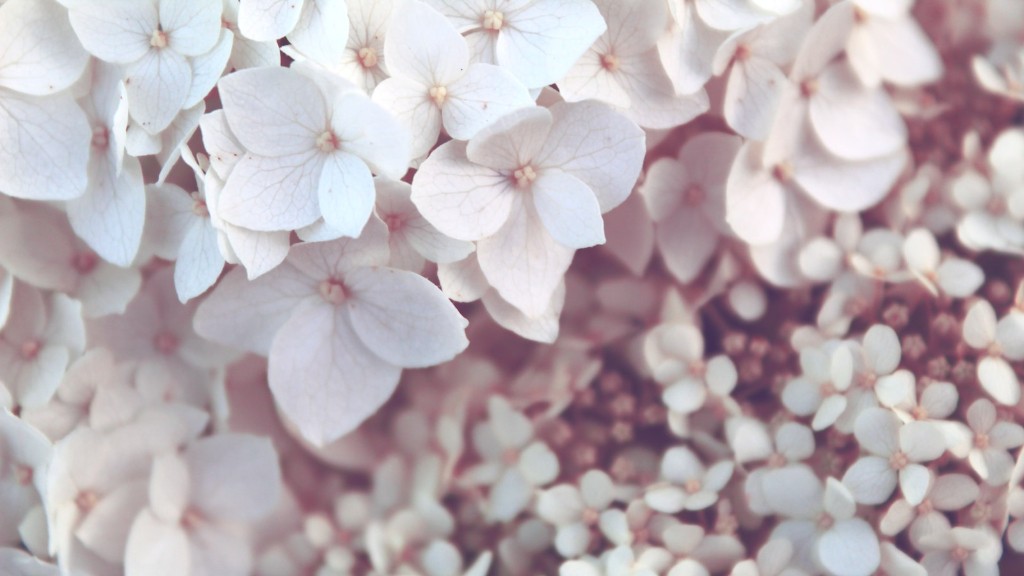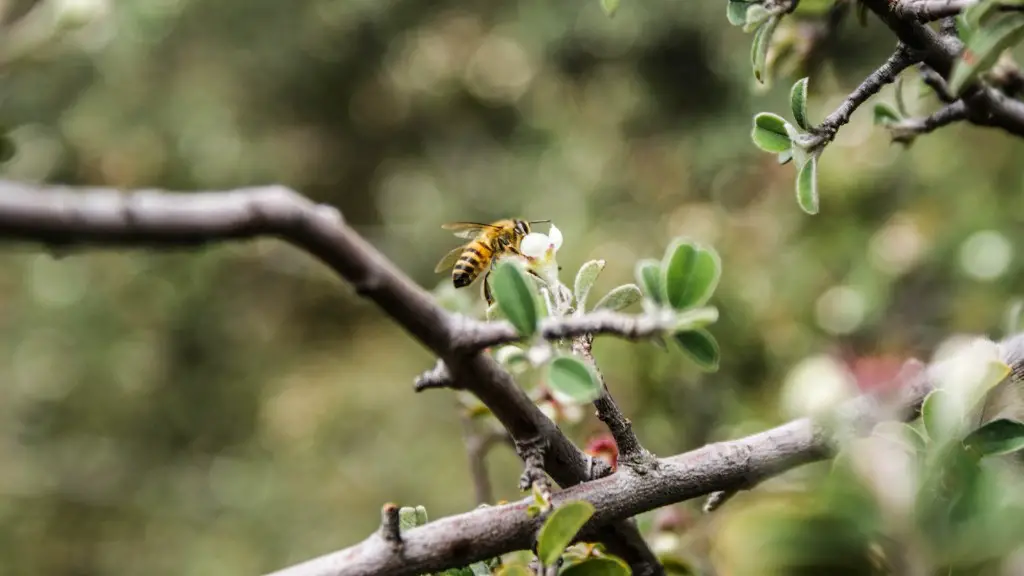Growing palm trees indoors can be a great way to add a tropical look to a home. While the process of keeping a palm tree in a pot requires patience and effort, with proper care and the right growing conditions, it is possible to nurture and keep these plants for many years.
When deciding on keeping a palm tree indoors, one should consider the amount of space they have available, the light they can provide and the nature of the tree – whether it is slow or fast growing. While there are many varieties of palms that can be kept in containers, some are better suited for indoor environments than others, such as the Chinese Fan Palm, Majesty Palm, and Areca Palm.
To successfully keep a palm tree in a pot, gardeners need to provide the right soil and adequate light and water. The soil should be well-draining and contain organic matter, such as peat moss, to ensure that the palm tree’s roots can receive the necessary oxygen and nutrients. The pot should also be the correct size, allowing enough space for the roots to grow.
In terms of appropriate lighting, palms are tropical plants and require bright, indirect sunlight for optimal growth. Placing a palm tree near a south, east, or west-facing window can provide adequate light and humidity. Palms also require frequent watering, with the soil kept consistently moist but not soggy.
Caring for a palm tree in a pot can also require regular fertilization. A balanced, slow-release fertilizer should be used during the growing season to help the tree grow and develop. Additionally, a palm tree in a pot will typically need to be repotted into a larger container every year or two. This allows the roots to have unrestricted space to grow and prevents the soil from becoming compacted.
Finally, pests and diseases can also be a problem for palms kept in pots. To prevent this, gardeners should regularly inspect the plant for any signs of pests or diseases. Catching any infestations early is essential for keeping the palm tree healthy, and insecticidal soap and neem oil can be used to treat any issues.
Choosing the Right Palm Tree
When selecting the right palm tree for a home garden, the gardener should consider the size of the tree. Palm trees can grow quite large, and the size of the tree should be taken into account when choosing a pot. Additionally, gardeners should consider the tree’s drought and cold tolerance, as well as whether it is suitable for indoor environments.
Some popular varieties of palms that can be grown indoors in containers include the Chinese Fan Palm, Areca Palm, Bamboo Palm, and Majesty Palm. These species are generally smaller, do not require as much light, and are suited well for indoor environments.
When selecting the right palm tree, one should also consider their location and climate. Palms that require a lot of sun may not be suitable for shadier spots, and cold-sensitive species may not be suitable for colder climates. Taking into account the environment where the plant will live will help to ensure that the palm tree thrives.
Caring for an Indoor Palm Tree
Once the right palm tree has been chosen, caring for it is key to ensuring it thrives for years to come. A well-draining soil and adequate sunlight and water are essential for a palm’s growth. Additionally, a slow-release fertilizer should be used during the summer months to help the tree grow and develop.
In terms of pests and diseases, gardeners should regularly inspect their palm trees for any signs of infestations. Insecticidal soap and neem oil are effective treatments for insect pests and can help to keep the plant healthy.
Finally, creating the right environment and preventing the soil from becoming compacted is also essential for a palm tree’s health. Repotting a palm tree into a larger container every year or two can provide the roots with unrestricted space, which in turn helps to keep the plant healthy.
Tips for Keeping Palms Indoors
For gardeners looking to keep palm trees indoors, there are a few things to keep in mind. Firstly, choosing the right container is key. A container should be the correct size and allow for adequate drainage. Additionally, the tree should be placed near a south, east, or west-facing window and in an area with plenty of indirect light.
In terms of watering, the soil should be kept consistently moist but not soggy. Too little or too much water can spell disaster for a palm tree, and regular inspections will help to ensure the plant is getting the right amount of moisture.
Finally, to keep a palm tree healthy, it should be repotted and fertilized regularly. Repotting allows the roots to have unrestricted space, while a balanced, slow-release fertilizer will help the tree grow and flourish.
Challenges of Keeping a Palm Tree in a Pot
While keeping a palm tree in a pot is possible with proper care, there are a few challenges gardeners may face. Firstly, pests and diseases can be a problem. Regular inspections and using insecticidal soaps and neem oil can help to prevent any infestations, while also preventing the soil from becoming compacted.
In terms of the environment, too much or too little light and water can also hamper the palm’s growth. Providing adequate light and water, as well as repotting and fertilizing regularly, is essential for the tree’s health. Additionally, the right soil and container should be used to allow the tree’s roots to grow properly.
Finally, palm trees require quite a bit of care and attention, and it can be difficult to meet the tree’s needs in an indoor environment. Patience and dedication are key to ensuring a palm tree thrives in a pot.
Conclusion
Growing a palm tree in a pot can be a rewarding experience, but it requires plenty of patience and effort. Choosing the right palm tree and providing the appropriate soil, light, and water are essential for keeping a palm healthy. Additionally, regular fertilization and repotting are also important for the tree’s growth. If a gardener is willing to put in the effort and dedication, they can enjoy the lush beauty of a tropical palm tree indoors for many years to come.




